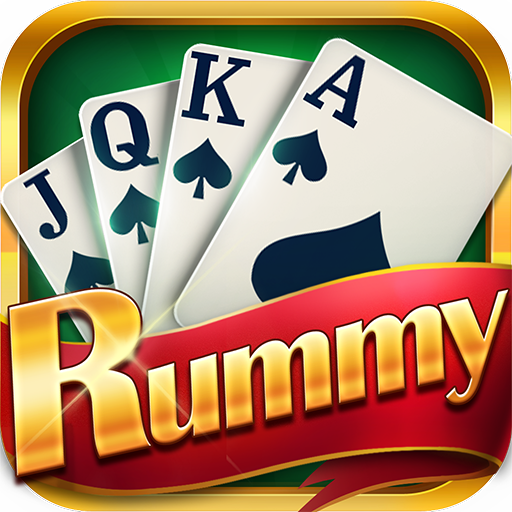How To Add Fractions, Adding fractions is a fundamental skill in math that many encounter early in their studies. Whether you’re working with recipes, measurements, or just practicing math, knowing how to add fractions is essential. This article will break down the process step-by-step, making it easy to understand and apply.
Understanding Fractions
A fraction consists of two parts:
- Numerator: The top number, indicating how many parts we have.
- Denominator: The bottom number, indicating the total number of equal parts in a whole.
Example:
In the fraction 34\frac{3}{4}, 3 is the numerator, and 4 is the denominator.
Types of Fractions
- Like Fractions: Fractions with the same denominator (e.g., 25\frac{2}{5} and 35\frac{3}{5}).
- Unlike Fractions: Fractions with different denominators (e.g., 13\frac{1}{3} and 14\frac{1}{4}).
Adding Like Fractions
When the fractions have the same denominator, adding them is straightforward:
- Keep the Denominator: The denominator remains the same.
- Add the Numerators: Combine the numerators and place the sum over the common denominator.
Example:
To add 25\frac{2}{5} and 35\frac{3}{5}:
25+35=2+35=55=1\frac{2}{5} + \frac{3}{5} = \frac{2 + 3}{5} = \frac{5}{5} = 1
Adding Unlike Fractions
When the fractions have different denominators, follow these steps:
- Find the Least Common Denominator (LCD): Determine the smallest number that both denominators can divide into evenly.
- Convert the Fractions: Rewrite each fraction using the LCD.
- Add the Numerators: Once the fractions have the same denominator, add the numerators.
- Simplify if Necessary: If the resulting fraction can be simplified, do so.
Example:
To add 13\frac{1}{3} and 14\frac{1}{4}:
- Find the LCD: The denominators are 3 and 4. The LCD is 12.
- Convert the Fractions:
- Convert 13\frac{1}{3} to 412\frac{4}{12} (multiply numerator and denominator by 4).
- Convert 14\frac{1}{4} to 312\frac{3}{12} (multiply numerator and denominator by 3).
- Add the Numerators:
412+312=4+312=712\frac{4}{12} + \frac{3}{12} = \frac{4 + 3}{12} = \frac{7}{12}
- Simplify if Necessary: 712\frac{7}{12} is already in simplest form.
Practice Problems
Try these on your own:
- Add 34\frac{3}{4} and 14\frac{1}{4}.
- Add 25\frac{2}{5} and 110\frac{1}{10}.
- Add 12\frac{1}{2} and 23\frac{2}{3}.
Solutions:
- 34+14=44=1\frac{3}{4} + \frac{1}{4} = \frac{4}{4} = 1
- 25+110=410+110=510=12\frac{2}{5} + \frac{1}{10} = \frac{4}{10} + \frac{1}{10} = \frac{5}{10} = \frac{1}{2}
- For 12+23\frac{1}{2} + \frac{2}{3}, the LCD is 6:
- Convert 12\frac{1}{2} to 36\frac{3}{6} and 23\frac{2}{3} to 46\frac{4}{6}.
- Add: 36+46=76\frac{3}{6} + \frac{4}{6} = \frac{7}{6} (an improper fraction, which can be left as is or converted to 1161 \frac{1}{6}).
Conclusion
Adding fractions might seem tricky at first, but by following these clear steps—finding a common denominator and carefully adding numerators—you can master this skill. With practice, you’ll be able to add fractions quickly and accurately, making math a little easier in everyday life. Happy calculating!




